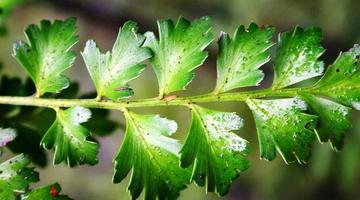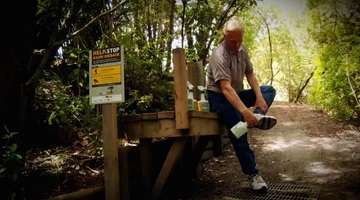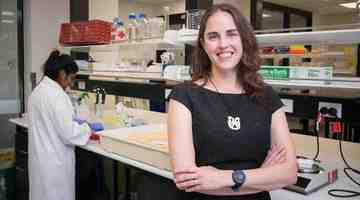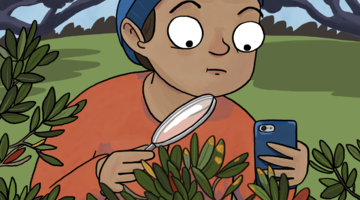This article curates bilingual and te reo Māori resources in a form accessible to students and teachers with limited prior knowledge relating to plant identification and biology.
This article curates numerous resources including activities and PLD webinars. It also has an interactive that groups resources into planning topics and/or big science ideas.
Although this activity uses the sea and seashore as the context for creating a soundscape, the background notes, instructions and discussion questions will still be of value.
This Building Science Concepts article and interactive focuses on sound - how it moves and how we hear it.
This article uses Tāne Mahuta and the samaúma to explore indigenous connections between forest giants, people and indigenous knowledge.
Scientific findings combined with the knowledge of mātauranga Māori are vital to informing decisions on how to combat the spread of the disease. It also has actions we can take to avoid the spread including Kauri Rescue.
Click to add note
Project Mātauranga video.
This Connected article provides information about the kauri dieback disease cycle and how it spreads. It also explains how mātauranga Māori and rongoā may provide insight on how to protect kauri from the deadly spores.
This article explains the origins of the disease, the symptoms, and approaches Aotearoa New Zealand's Ministry for Primary Industries is using to understand and manage myrtle rust.
Nature of Science
This interactive provides a chronology of events and how science organisations have worked together to monitor and respond to myrtle rust.
Australian scientists are investigating a biotechnology tool called RNA interference as a potential means of combating myrtle rust.
The Myrtle Rust Reporter is a citizen science project using iNaturalist to log sightings of the disease.
Click to add note
Click to add note
Click to add note
Click to add note
Click to add note
Click to add note
















